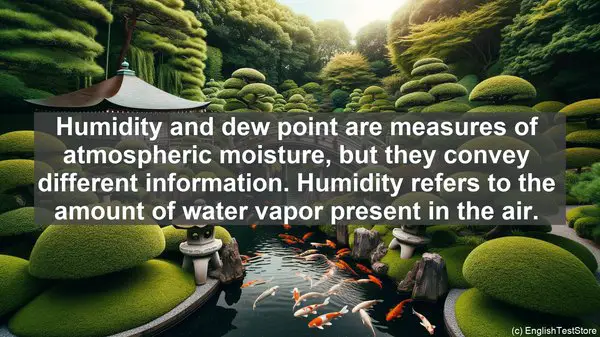Introduction
Welcome to our atmospheric science class. Today, we’ll be discussing the top 10 commonly confused words in this field. Understanding these terms is crucial for a comprehensive grasp of the subject. So, let’s dive in!
1. Weather vs. Climate
Often used interchangeably, weather and climate have distinct meanings. Weather refers to the short-term atmospheric conditions, such as temperature, humidity, and precipitation, in a specific location. On the other hand, climate represents the long-term patterns and averages of weather in a region. While weather changes daily, climate is more stable over time.
2. Ozone Layer vs. Greenhouse Effect
The ozone layer and the greenhouse effect are both related to Earth’s atmosphere, but they serve different purposes. The ozone layer is a protective shield in the stratosphere that absorbs harmful ultraviolet (UV) radiation from the Sun. In contrast, the greenhouse effect is the natural process where certain gases, like carbon dioxide, trap heat in the lower atmosphere, making Earth habitable. While the ozone layer is beneficial, an enhanced greenhouse effect can lead to global warming.

3. Cyclone vs. Tornado
Cyclones and tornadoes are both atmospheric phenomena associated with strong winds, but they differ in scale and formation. A cyclone is a large-scale weather system that rotates counterclockwise in the Northern Hemisphere (clockwise in the Southern Hemisphere). It can span hundreds of miles and last for days. In contrast, a tornado is a much smaller, rapidly rotating column of air that extends from a thunderstorm cloud to the ground. Tornadoes are more localized and short-lived but can be extremely destructive.
4. Humidity vs. Dew Point
Humidity and dew point are measures of atmospheric moisture, but they convey different information. Humidity refers to the amount of water vapor present in the air. It can be expressed as relative humidity, which is the percentage of moisture the air currently holds compared to the maximum it can hold at that temperature. Dew point, on the other hand, is the temperature at which the air becomes saturated, leading to condensation. It indicates the point at which dew or fog may form.
5. Stratus vs. Cumulus Clouds
Stratus and cumulus clouds are two common cloud types, each with its distinct characteristics. Stratus clouds are low-level, flat, and often cover the entire sky. They are associated with overcast conditions and can bring light, steady precipitation. Cumulus clouds, on the other hand, are puffy and have a vertical development. They are often associated with fair weather, but can also grow into towering cumulonimbus clouds, which bring thunderstorms.
6. Isobar vs. Isotherm
Isobars and isotherms are lines used in weather maps to represent different atmospheric properties. Isobars connect points of equal atmospheric pressure, forming patterns that indicate areas of high and low pressure. Isotherms, on the other hand, connect points of equal temperature. By analyzing these lines, meteorologists can understand the pressure and temperature patterns across a region, which are crucial for weather forecasting.

7. Monsoon vs. Trade Winds
Monsoons and trade winds are both wind systems that play a significant role in global weather patterns. Monsoons are large-scale seasonal wind patterns that result from differential heating between land and sea. They are characterized by a reversal in wind direction, bringing heavy rainfall in certain regions. Trade winds, on the other hand, are steady, easterly winds that blow towards the equator. They are important for maritime navigation and have influenced historical trade routes.
8. Anemometer vs. Barometer
Anemometers and barometers are instruments used to measure different atmospheric properties. An anemometer measures wind speed, often using rotating cups or a propeller. It is crucial for understanding wind patterns and can be found in weather stations and airports. A barometer, on the other hand, measures atmospheric pressure. It is essential for weather forecasting, as changes in pressure often indicate approaching weather systems.
9. Albedo vs. Insolation
Albedo and insolation are terms related to solar radiation and Earth’s energy balance. Albedo refers to the reflectivity of a surface. It is measured as a percentage, with higher values indicating more reflection. Insolation, on the other hand, is the amount of solar radiation reaching a given area. It is influenced by factors such as the angle of the Sun, cloud cover, and atmospheric conditions. Both albedo and insolation play a crucial role in climate and weather patterns.
10. El Niño vs. La Niña
El Niño and La Niña are opposite phases of the El Niño-Southern Oscillation (ENSO) cycle, which occurs in the Pacific Ocean. During El Niño, there is a warming of the ocean surface, leading to changes in global weather patterns. This can result in increased rainfall in some regions and drought in others. La Niña, on the other hand, is characterized by cooler ocean temperatures, which can also have significant impacts on weather patterns. Understanding these phases is crucial for climate prediction.
